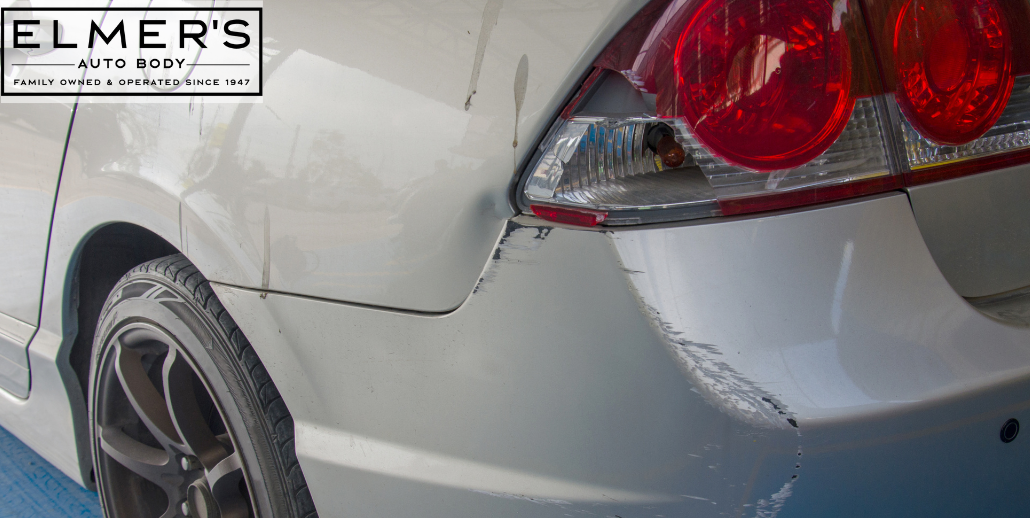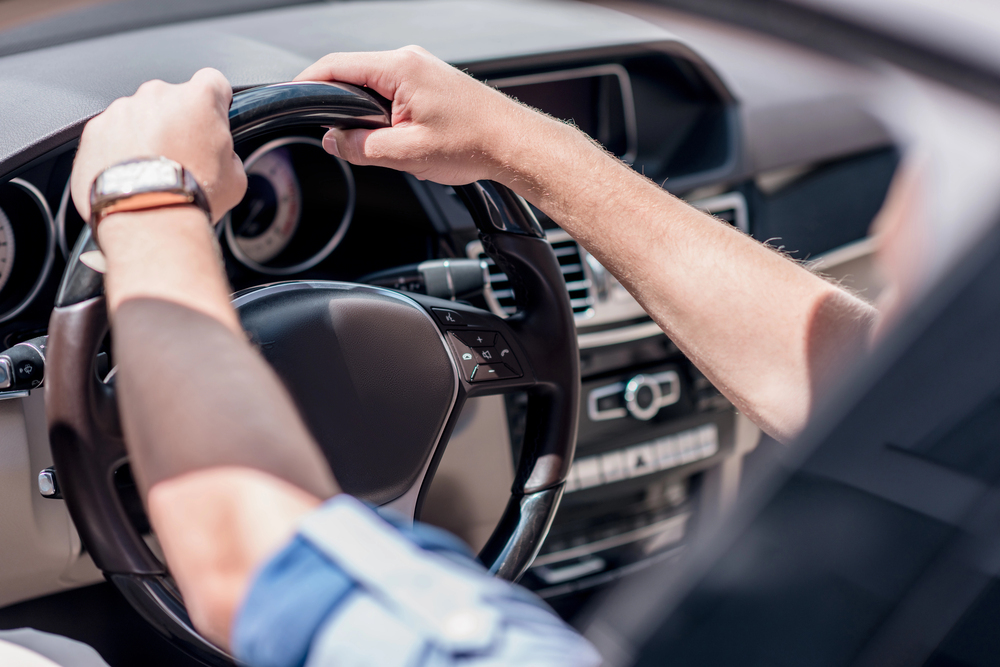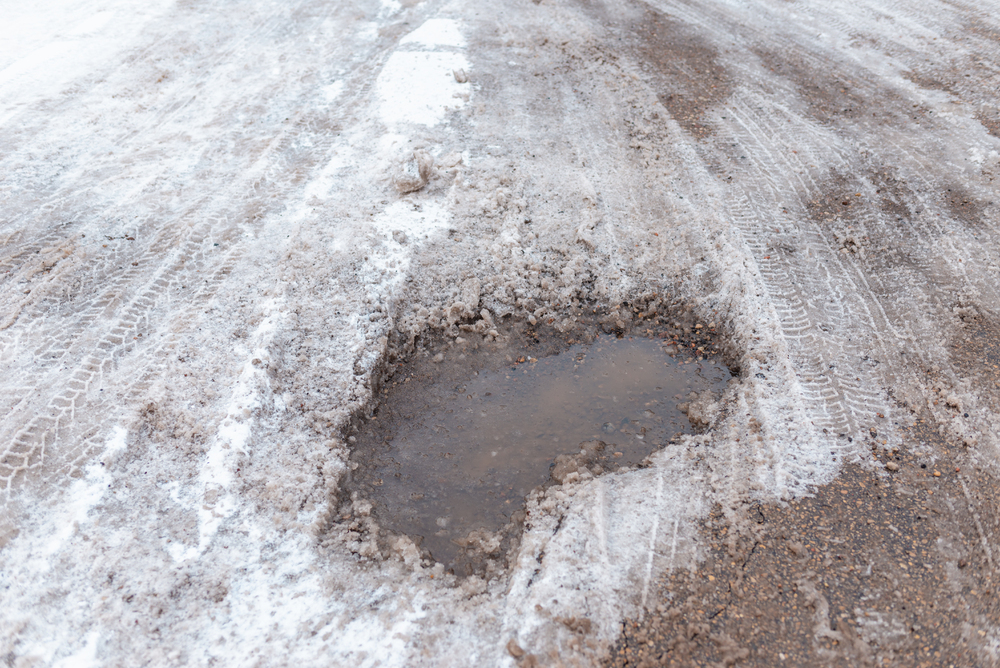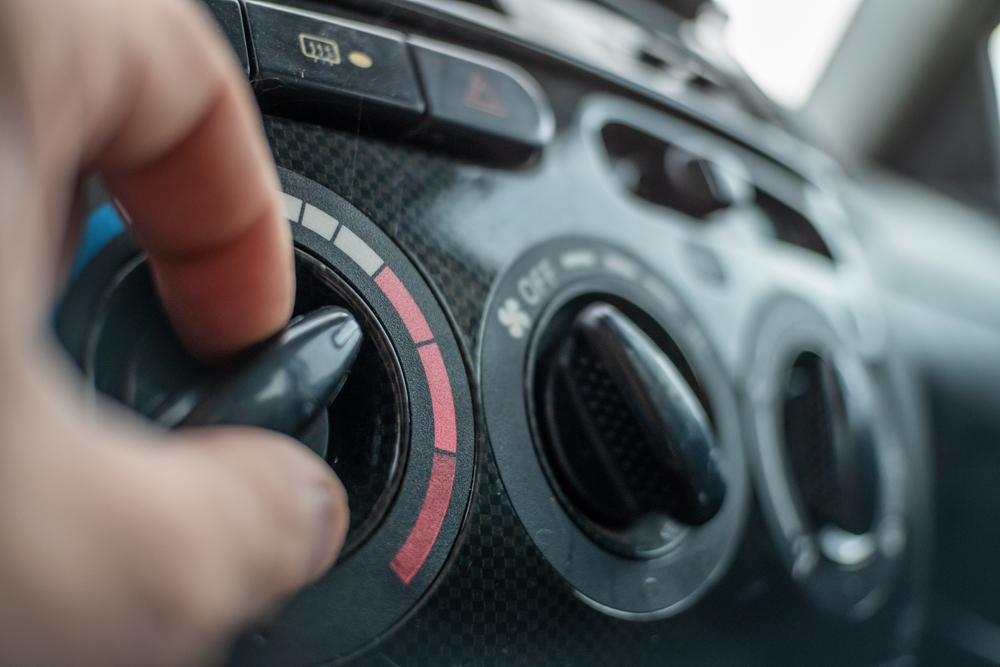Advanced Driver Assistance Systems (ADAS) are standard in most modern vehicles these days. Furthermore, ADAS do far more than you may realize. Features like lane departure warning, automatic emergency braking, blind spot monitoring, and adaptive cruise control all rely on sensitive cameras, sensors, and radar. That’s why it’s so important to discuss ADAS recalibration with your trusted collision repair center. You need to know that the systems have been checked and recalibrated the right way.
At Elmer’s Auto Body, we take ADAS recalibration seriously because your safety depends on it.
Key Takeaways
- ADAS systems like lane assist and automatic braking rely on precise calibration to function correctly.
- Collision damage—even minor—can misalign sensors, cameras, and radars, making recalibration critical.
- Elmer’s Auto Body follows OEM guidelines for safe, accurate recalibration of all ADAS systems.
- We serve South Jersey drivers in Gloucester, Camden, and Burlington counties with advanced diagnostic tools and certified equipment.
- A recalibrated system helps ensure your vehicle’s safety features are dependable and fully functional post-repair.
What Is ADAS Recalibration?
ADAS recalibration is a process of realigning your vehicle’s cameras, sensors, and radars to manufacturer specifications. These components are typically located in:
- Windshields (camera-based lane assist)
- Front and rear bumpers (cruise and collision warnings)
- Side mirrors (blind spot detection)
- Grilles and emblems (adaptive braking systems)
Even a minor fender bender can knock these systems out of alignment. If they aren’t recalibrated properly, they may give false alerts—or worse, fail to activate when you need them most.
💡 Pro Tip
If your windshield, bumper, or suspension has been repaired or replaced, ask for an ADAS recalibration—even if your insurance company doesn’t mention it. Skipping it could disable key safety features without any warning lights.
Why ADAS Recalibration Is Crucial After a Collision
After a collision, no matter how minor, you should immediately seek to get your ADAS recalibrated. Here are some reasons to do so:
- Structural shifts: Even minor frame misalignments can throw off radar and camera angles.
- Windshield replacements: Many ADAS cameras are mounted behind the windshield. Replacing it requires recalibration.
- Bumper repairs or replacements: Sensors embedded in bumpers can easily be knocked out of alignment or damaged.
- Suspension work or wheel alignment: Even adjustments to your suspension can change the angle and reach of ADAS sensors.
Driving without recalibration could mean relying on safety systems that aren’t actually working, putting you and others on the road at risk.
How Elmer’s Auto Body Handles ADAS Recalibration
At Elmer’s Auto Body, we have technicians who understand the importance of ADAS recalibration. We ensure that every system is precisely and thoroughly recalibrated during our manufacturer-approved repair procedures. You can expect the following from us:
ADAS Diagnostics
Before repairs begin, we carefully inspect your vehicle to identify any hidden damage, including faulty ADAS codes.
OEM Procedures
We only use Original Equipment Manufacturer (OEM) parts and guidelines during our repairs to ensure recalibration is done according to factory specs. No guesswork here.
Certified Equipment and Technicians
We’re equipped with the latest technology to recalibrate ADAS systems, whether it’s static (in-shop) or dynamic (road-tested calibration). Our technicians follow strict training protocols for accuracy.
Post-Repair Testing
After we’ve completed repairs and recalibration, we don’t wipe our hands of the project just yet. We run a second diagnostic check to test the systems in real-world conditions. Before you leave one of our three locations in South Jersey, we want to ensure you’re going to be safe.
Clear Documentation
We’re accustomed to working alongside insurance companies and providing documentation. When you come to pick up your vehicle, we give you documents that include OEM specs and scan reports. You’ll feel confident your systems are working as intended.
❓ Frequently Asked Questions About ADAS Recalibration
Do I need recalibration even after a minor accident?
Yes. Even a low-speed bump can misalign sensitive ADAS components like radar sensors or cameras. A diagnostic scan can confirm if recalibration is needed.
Will insurance cover the cost of ADAS recalibration?
In most cases, yes—if it’s related to a covered collision repair. Elmer’s Auto Body works with insurers to include this in the claim when required by OEM procedures.
What happens if I skip ADAS recalibration?
Your vehicle’s safety systems may fail silently—no warnings, no alerts—leaving you unprotected in an emergency.
How long does recalibration take?
Depending on your vehicle and system type, it may take a few hours to a full day. We’ll let you know in advance and update you during the process.
Can I drive my car before it’s recalibrated?
We recommend against it. Until recalibration is complete, your ADAS systems may give false readings—or not work at all.
What’s the difference between static and dynamic recalibration?
Static calibration is performed in-shop using special targets; dynamic calibration requires road testing. Some vehicles need both. We follow OEM guidelines for your exact model.
Does Elmer’s Auto Body recalibrate all vehicle makes?
Yes. Our technicians use manufacturer-approved tools and procedures for all major brands, including Ford, Toyota, Honda, GM, and luxury imports.
How can I be sure it was done right?
We provide post-repair diagnostic reports and real-time test results to confirm your ADAS systems are working as intended.
Safety First: Get Those ADAS Systems Recalibrated at Elmer’s Auto Body
If you’ve had an accident anywhere in South Jersey, don’t assume that a visual repair is enough. Without proper recalibration, even a “fully repaired” car can leave you vulnerable on the road.
At Elmer’s Auto Body, we don’t just fix what’s visible. We go further to make sure your vehicle is safe to return to the road. If your vehicle’s been in a collision—even a small one—contact Elmer’s Auto Body for a full ADAS evaluation and recalibration. We’re here to help South Jersey drivers drive with confidence, not uncertainty. Schedule your appointment today by filling out our online form or by calling one of our three South Jersey locations.






